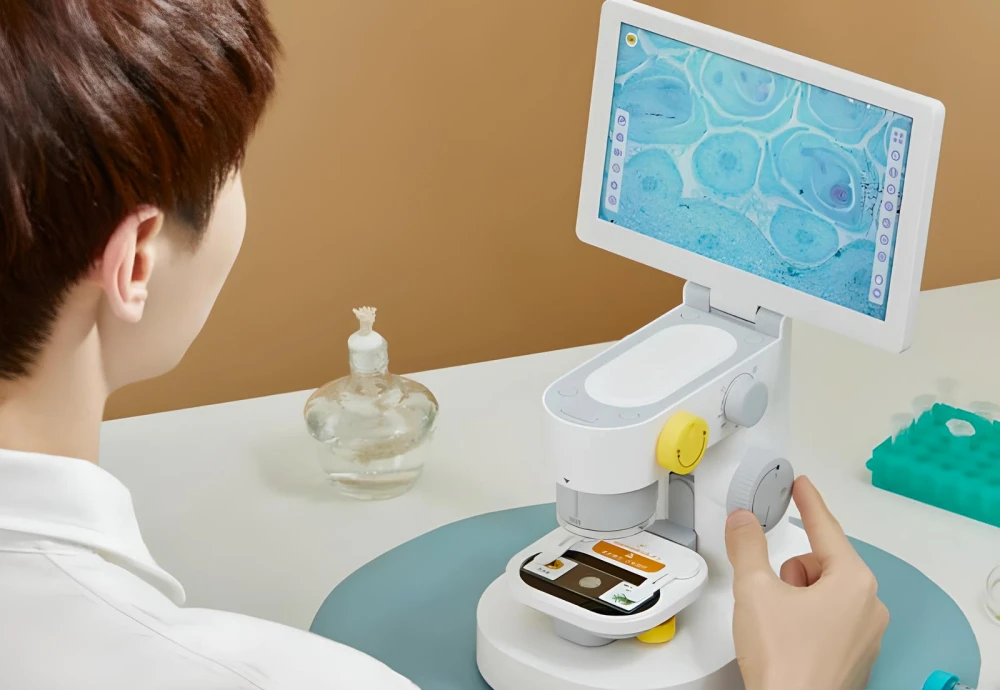-
Shop
- Adidas
- Advanced Technologies
- Apple Accessories
- Arts, Crafts & Hobbies
- Back to School
- Best-Sellers
- Car Accessories
- Dating & Social Skills
- Denim
- 7FOR
- AGOLDE
- Antony Morato
- Armani Exchange
- Boss
- Brunello Cucinelli
- Calvin Klein Jeans
- Costume National
- Desigual
- Diesel
- Dolce & Gabbana
- Dsquared²
- Ermanno Scervino
- Fendi
- Gianni Lupo
- Guess Jeans
- Ichi
- Just Cavalli
- Lee
- Levi's
- Liu Jo
- Morgan De Toi
- Mother Denim
- Only
- Pepe Jeans
- Pinko
- Replay
- Tommy Hilfiger Jeans
- Valentino
- Vero Moda
- Digital Resources
- Beauty
- Budgeting & Saving
- Electronics & Technology
- Emotional Intelligence
- Entrepreneurship & Business Growth
- Financial Independence
- Financial Mindset & Psychology
- Goal Setting
- Home Styling & Organization
- Leadership
- Mindfulness
- Motivation
- Personal Style & Fashion
- Pet Lifestyle & Wellness
- Positive Thinking
- Productivity
- Self Confidence
- Sleep Improvement
- Stress Management & Relaxation
- TikTok Growth & Monetization Mastery
- Travel & Adventure
- Yoga & Mind-Body Practices
- Education & Learning
- Family & Parenting
- Fashion
- Accessories
- Alexander McQueen
- Bags
- Bags & Wallets
- Balenciaga
- Belts
- Blazers
- Blouses & Shirts
- Bottega Veneta
- Brunello Cucinelli
- Burberry
- Chanel
- Chloé
- Clothing
- Dior
- Dolce & Gabbana
- Dresses
- Etro
- Fendi
- Gucci
- Hats & Hair Accessories
- Hoodies & Sweatshirts
- Jacquemus
- Jil Sander
- Jimmy Choo
- Kiton
- Luggage
- Luggage Bags
- Miu Miu
- Off-White
- Outerwear
- Prada
- Rick Owens
- Saint Laurent
- Scarves
- Socks & Tights
- Sunglasses
- Sweaters & Cardigans
- The Row
- Tom Ford
- Tops & Shirts
- Valentino
- Valentino Garavani
- Versace
- Vivienne Westwood
- Watches
- Fashion Accessories
- Furniture
- Gadgets
- Halloween
- Health & Beauty
- Health & Wellness
- Home & Garden
- Home Supplies
- Jewelry
- Kids & Babies
- Kitchen
- Lighting
- Patio, Lawn & Garden
- Personal Growth
- Pet Supplies
- Pets
- Shoes
- Sport & Outdoors
- Stress Relief & Relaxation
- Super Deals
- Thanksgiving Digital Collection
- AI & Tech-Enhanced Thanksgiving
- Budgeting & Smart Shopping
- Eco-Friendly & Sustainable Thanksgiving
- Family & Kids
- Gift Ideas Guides
- Gratitude & Mindfulness
- History & Meaning
- Hosting & Planning
- Leftovers & Storage
- Pets & Thanksgiving
- Social Media Captions & Ideas
- Thanksgiving DIY Ideas
- Thanksgiving Recipes
- Thanksgiving Products
- Travel
- Wealth
- YouTube Shorts Best-Sellers
Exploring the Microscopic World: A Deep Dive into Biological Microscope Use

The world of microscopy is as vast and complex as the universes it helps us explore. The biological microscope, a key tool in this exploration, has revolutionized our understanding of life’s smallest details.
A Glimpse into the Intricate Details with Your Biological Microscope

With your very own 1200X Touchscreen Digital Microscope with Triple Camera, you can delve deep into microscopic worlds that were previously inaccessible. This powerful device enables users to observe intricate details of various specimens – from plant cells to bacterial colonies – all at an impressive 1200x magnification.
Navigating Your New Biological Microscope
The digital interface allows for easy navigation and control over image capture, while its triple camera feature ensures high-quality images every time. It also offers touchscreen controls for seamless operation and convenience during those lengthy research sessions.
Tips For Maximizing Your Biological Microscope Experience

Lighting plays a crucial role in microscopy, so ensure your specimen is well-illuminated before starting observations. Remember that patience is key when adjusting focus knobs – small movements can make big differences at such high magnifications!
Beyond Biology: Expanding Uses for Your Device
Your microscope isn’t just limited to biology! From inspecting jewelry intricacies to analyzing textile fibers or even exploring culinary creations on a cellular level – there’s no limit to what you can discover with this versatile tool.
Staying Ahead of the Curve: Biological Microscope Trends
The world of microscopy is constantly evolving, and staying updated on trends can enhance your experience. The rise of digital microscopes like the 1200X Touchscreen Digital Microscope has made capturing and sharing findings easier than ever before.
A World Awaiting You: Embarking on Your Biological Microscope Journey
Start exploring today with your own 1200X Touchscreen Digital Microscope! Whether you’re a seasoned researcher or just starting out in the fascinating world of microscopy, this powerful device will open up new realms for discovery.
Diving Deeper: The Science Behind Your Biological Microscope
Ever wondered how your biological microscope works? It’s all about optics. By bending light rays through lenses, the microscope magnifies tiny specimens into detailed images that you can observe on the digital screen.
The Power of Three: Harnessing Your Triple Camera System
The 1200X Touchscreen Digital Microscope with Triple Camera is equipped with a triple camera system to ensure high-quality imaging. This feature allows for capturing clear and crisp photos from different angles, providing an immersive viewing experience like no other.
Going Digital: Embracing the Future of Biological Microscopes
Gone are the days of peering through eyepieces and manually adjusting knobs. The advent of digital microscopes has transformed microscopic exploration into an interactive, user-friendly experience. With touchscreen controls and image capture capabilities, studying minute details has never been more convenient.
A Tool For All Ages: Encouraging Curiosity Through a Biological Microscope
Just as brewing a perfect cup of espresso requires precision, so does operating a biological microscope! But don’t let this intimidate you – it’s a tool designed for users across all ages and skill levels. Whether you’re encouraging scientific curiosity in young minds or conducting professional research, this device caters to everyone’s needs.
Your Gateway to Discovery Starts Here!

Embark on your journey of discovery with the 1200X Touchscreen Digital Microscope with Triple Camera. With its user-friendly interface, high-quality imaging, and versatile applications, it’s more than just a biological microscope – it’s your gateway to uncovering the wonders of the microscopic world!
Beyond Biology: A Biological Microscope for Every Interest
The beauty of owning a biological microscope like this is that you can apply it to virtually any interest. Whether you’re into botany or numismatics, fashion or gastronomy – there are always fascinating details waiting to be discovered under the lens of your microscope.
The 1200X Touchscreen Digital Microscope with Triple Camera is ready when you are! Start exploring today and see what incredible discoveries await in the unseen corners of our world.
Shop this story
Was this article helpful?
Yes
No





Leave a comment